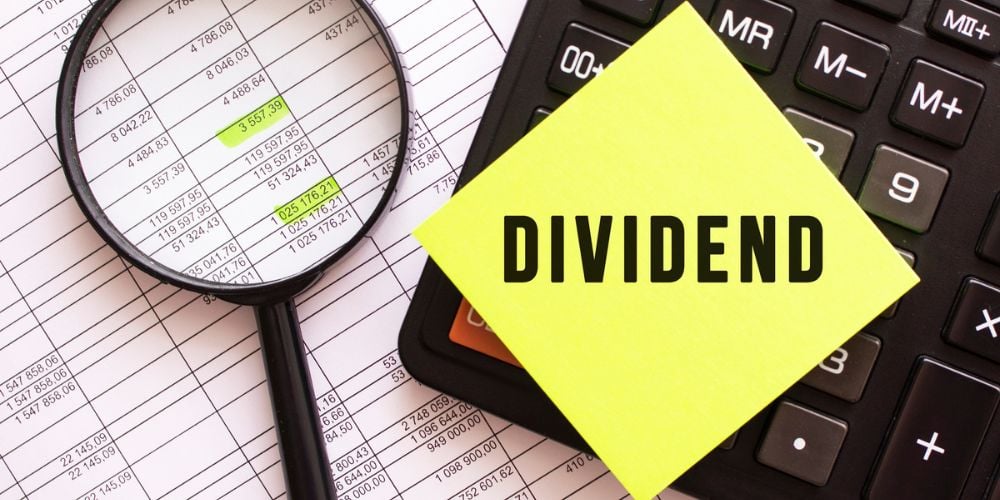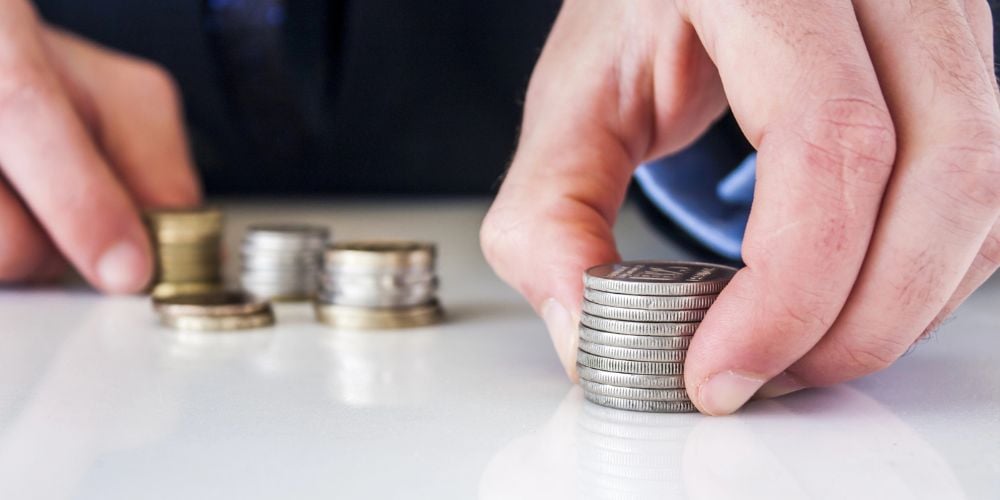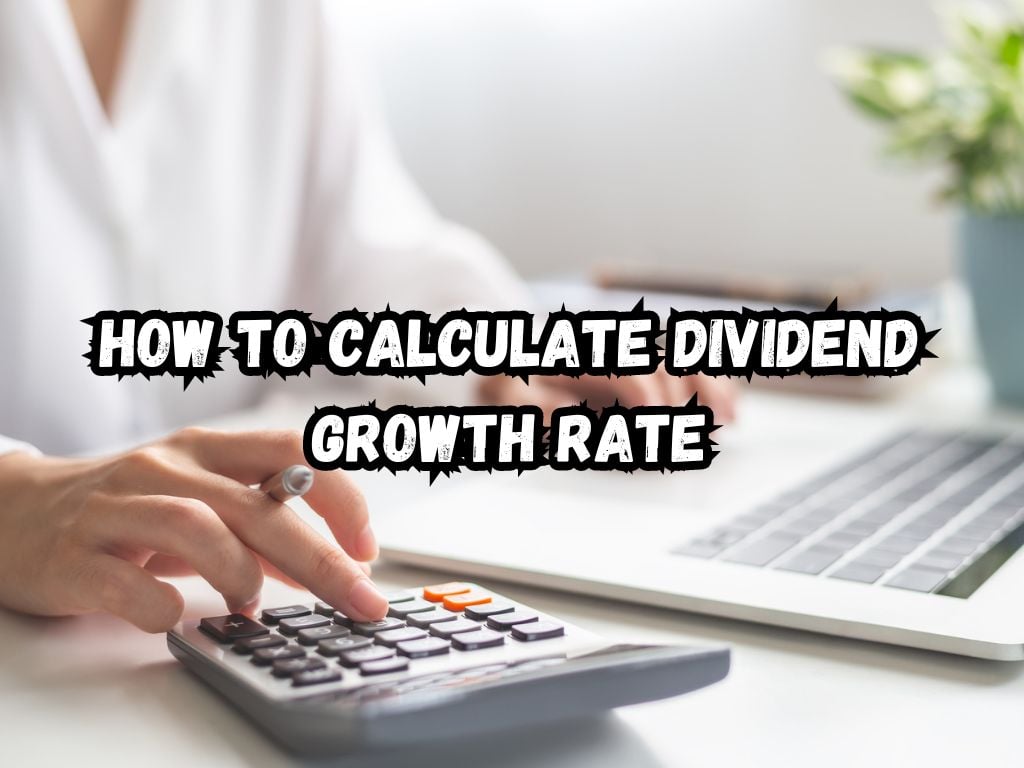In the dynamic world of investments, understanding how dividends evolve is critical for investors committed to long-term growth. The Dividend Growth Rate offers invaluable insights into a company’s future potential and financial health.
This guide takes you through how to calculate dividend growth rate, ensuring you have the tools necessary to make informed investment decisions.
Defining Dividend Growth Rate
The Dividend Growth Rate measures how the dividend payments from an investment or portfolio have grown over a specific period.
It is a key indicator of a company’s ability to increase its dividend payouts over time, reflecting its financial stability and growth prospects.
Pre-requisites for Calculating Dividend Growth Rate
Before diving into the calculations, understanding the essentials of dividend payouts and the significance of growth rate over specific periods lays the groundwork for accurate analysis.
It’s important to gather historical dividend payment data and decide on the period over which you wish to evaluate growth.

How to Calculate Dividend Growth Rate? Detailed Process
The journey to calculate the Dividend Growth Rate starts with understanding that it can be approached in several ways, the simplest being subtracting last year’s dividend per share from this year’s dividend per share, dividing by last year’s dividend per share, and then multiplying by 100 to get a percentage.
For a more refined approach, employing the Compound Annual Growth Rate (CAGR) offers deeper insights. In this process, the formula used is:
[ CAGR = \left(\frac{DV_{\text{end}}}{DV_{\text{begin}}}\right)^{\frac{1}{n}} – 1 ]
where ( DV_{\text{end}} ) is the most recent dividend payment, ( DV_{\text{begin}} ) is the dividend payment at the start of the period under review, and ( n ) is the number of years.
The variables in the calculation, such as the time period chosen and the specific dividend payments considered, can significantly influence the outcome. This underscores the need for a thoughtful approach to selecting data for computation.
Case Study: Application of Dividend Growth Rate Calculation
Imagine a company that paid dividends of $1.00 per share five years ago and has increased it to $1.60 per share today.
Using the CAGR method for calculating the Dividend Growth Rate over this period gives investors a deeper understanding of the company’s consistent growth in returning value to its shareholders.
Implications of Dividend Growth Rate
The Dividend Growth Rate holds notable importance in investment decisions. A higher rate signals a company’s robust financial health and its potential for higher future payouts, making it an attractive option for investors looking for growing income streams.
It serves as a critical parameter for evaluating company performance over time, especially when comparing investments in the same industry.
To understand the effect of share buybacks on dividend growth rates, it’s first crucial to grasp what each term means and their significance in the corporate world.
Background
- Share Buybacks: This is when a company purchases its own shares from the market. It reduces the outstanding shares, thereby increasing the ownership stake of the shareholders and potentially the earnings per share (EPS).
- Dividend Growth Rate: This measures how much a company’s dividend payments have increased over a period. An increasing dividend rate is a positive signal, indicating the company’s profitability and stability.
When a company buys back its shares, it reduces the number of shares outstanding, which often leads to an increase in EPS if all other variables remain constant.
This increase in EPS can provide the company with an opportunity to increase its dividend payments, thus potentially leading to a higher dividend growth rate, assuming the company wishes to maintain or grow its dividend payout ratio.
2. Signaling Effect
Companies engaging in share buybacks often signal to the market that their management believes the shares are undervalued.
This can boost investor confidence in the company’s future prospects, including its ability to increase or at least maintain its dividend payments.
Confidence from investors often translates into a higher stock price and can give a company more flexibility in its dividend policy.
3. Dividend Payment Flexibility
Companies that buy back shares but do not proportionately increase dividends still might offer a form of return to shareholders. In some years, a company might prefer buybacks to dividends as a way to return cash to shareholders.
Buybacks offer more flexibility because unlike dividends, they are not seen as a commitment; companies can fluctuate the amount they spend on buybacks more easily than changing dividend policies, which can negatively affect the stock price if reduced.

4. Capital Allocation
Effective capital allocation is key to long-term shareholder value. A company’s decision to buy back shares instead of increasing dividends may indicate a preference for flexible capital deployment.
This can preserve the ability to invest in growth opportunities or pay down debt rather than locking into higher dividend payments.
In the long term, if these decisions result in higher earnings growth, the dividend growth rate can potentially increase as the company becomes more profitable.
5. Tax Efficiency
For shareholders, buybacks can be more tax-efficient than dividends depending on the jurisdiction.
Capital gains taxes often are lower than income taxes on dividends, or payable at a later date, which can effectively increase the investor’s return on investment.
Over the long term, this tax efficiency can provide the company with wealthier shareholders more inclined to reinvest in the company, potentially influencing a more aggressive dividend policy moving forward.
Considerations and Criticisms: While the benefits of share buybacks can be significant, there are criticisms and risks involved.
Critics argue that buybacks can be used to artificially inflate stock prices and EPS, benefiting executives with stock-based compensation rather than focusing on long-term company growth or sustainable dividend growth.
Additionally, using too much of the company’s free cash flow for buybacks can leave a company financially constrained, possibly impacting its future ability to grow dividends.
In conclusion, share buybacks have a nuanced but generally positive effect on the dividend growth rate, through mechanisms like EPS enhancement, investor confidence boosting, and capital allocation flexibility.
However, the impact can vary greatly depending on how the company executes its buyback program and its long-term strategy for growth and shareholder value creation.
Understanding these dynamics is essential for investors assessing a company’s dividend payout and growth prospects.
Frequently Asked Questions
What is Dividend Growth Rate and why is it important?
The Dividend Growth Rate is an indicator of how a company’s dividend payments have increased over time. It’s essential because it offers insights into a company’s financial health and its capacity to grow dividends, which is crucial for income-focused investors.
How is the Dividend Growth Rate calculated?
The Dividend Growth Rate can be calculated using simple year-over-year growth formulae or more complex methods like the Compound Annual Growth Rate (CAGR), depending on the depth of analysis required.
How does the Dividend Growth Rate impact my investment strategy?
A solid understanding of the Dividend Growth Rate can guide income investors toward companies with promising future payouts, ensuring a steady growth in income streams from investments.
Can I predict future dividends with the Dividend Growth Rate?
While the Dividend Growth Rate offers valuable insights into a company’s growth, predicting future dividends solely on this basis might not be accurate. It should be considered alongside other financial metrics.
Where can I find data to calculate the Dividend Growth Rate?
Dividend payment data can be found in a company’s financial reports, investor relations pages, or financial news and analytics websites, providing the information needed to perform this calculation.
Conclusion
Calculating the Dividend Growth Rate is more than just running numbers; it represents a keen observation of a company’s fiscal discipline and growth prospects. This guide simplifies the process, empowering you to make investment decisions with greater confidence.
Remember, the goal is to seek out companies with sustainable growth rates, as they are likely to contribute positively to your investment portfolio’s performance.


 Tags:
Tags:










